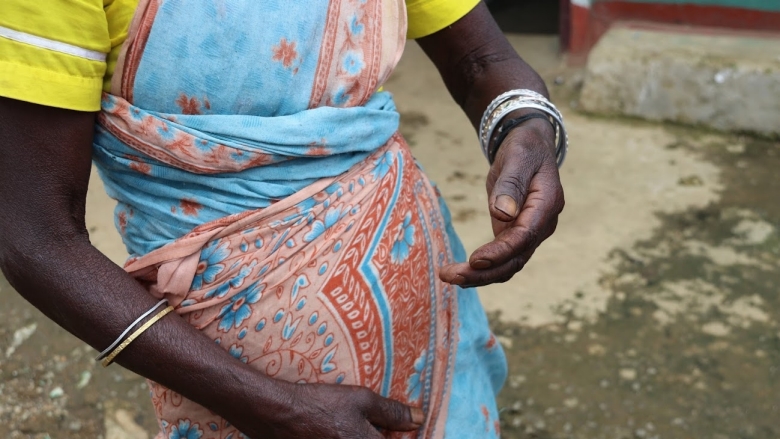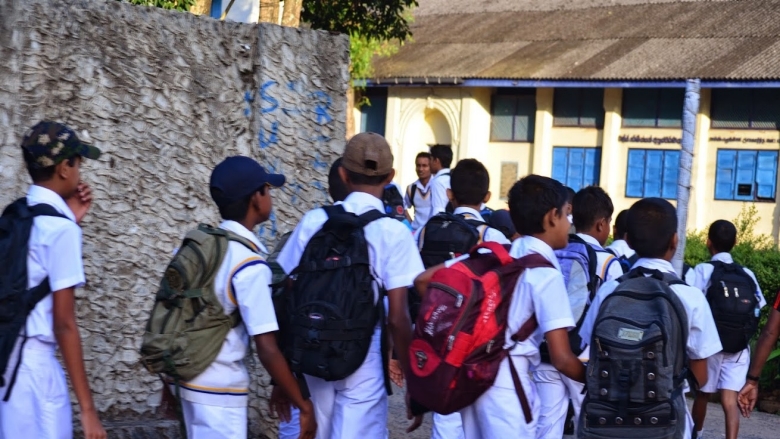“2021 has been the hardest year of my life,” says 38-year-old Abirami.
Abirami is a domestic aide. Daily wage earners like her have been hit hard by the pandemic. Abirami has been out of work since April 2020, barring a few odd jobs that came her way. Her husband Kumar used to operate a food cart, but that too ended abruptly during lockdown. Unable to make ends meet, the couple was compelled to sell the cart, the only asset they had in their name. They now survive on a few thousand rupees a month and have no stable income to rely on.
Insecurity is a familiar feeling for Abirami. As an informal sector worker, she has no employment benefits, or social security. She lives day to day, using her meagre income to cover their daily needs. She does not have the luxury of planning for her future. That is a challenge for another day.
Abirami’s priority is to educate her two sons. A school dropout herself, she is determined that her boys do not have the same fate. Despite her best efforts, she may be unable to give them the future she hopes for. Though Sri Lanka provides free education, disparities in the quality of education often result in unequal employment opportunities, making it harder for children from poorer households to climb out of poverty.
Abirami is also responsible for her elderly mother who was recently diagnosed with cancer. Though she receives free treatment from public hospitals, Abirami is left with many additional costs associated with her care. For a family that survives on a daily income, this cost is overwhelming.
With so much on her plate, Abirami has never had room for her own dreams. “I always wanted to become a beautician,” she says, sounding almost guilty to admit that she once had aspirations for herself.
Sadly, Abirami’s story is not uncommon. It is a story of lost potential, which speaks volumes about the power of investing in human capital. She leaves us with four key takeaways on how best to understand and approach human capital challenges.


